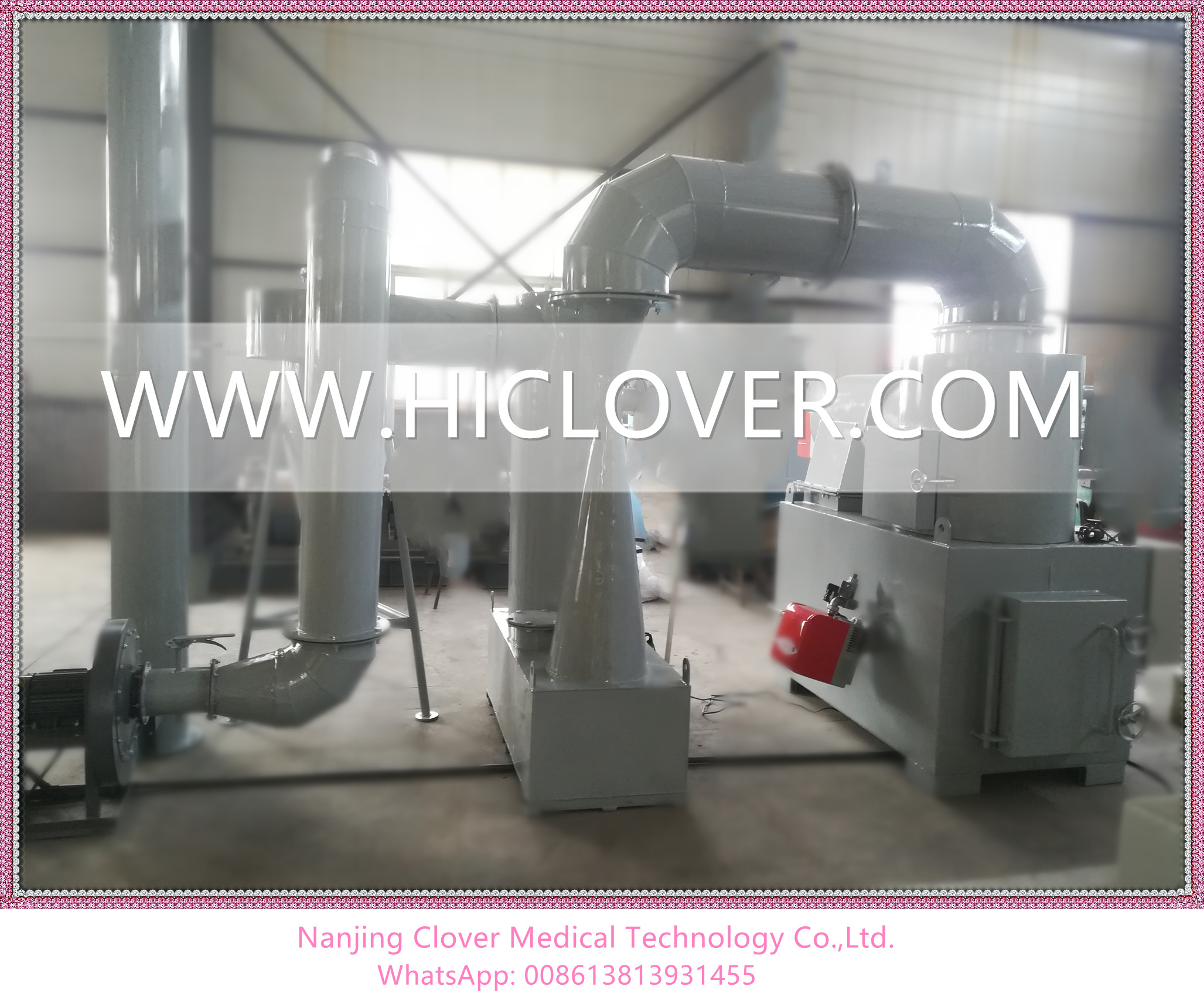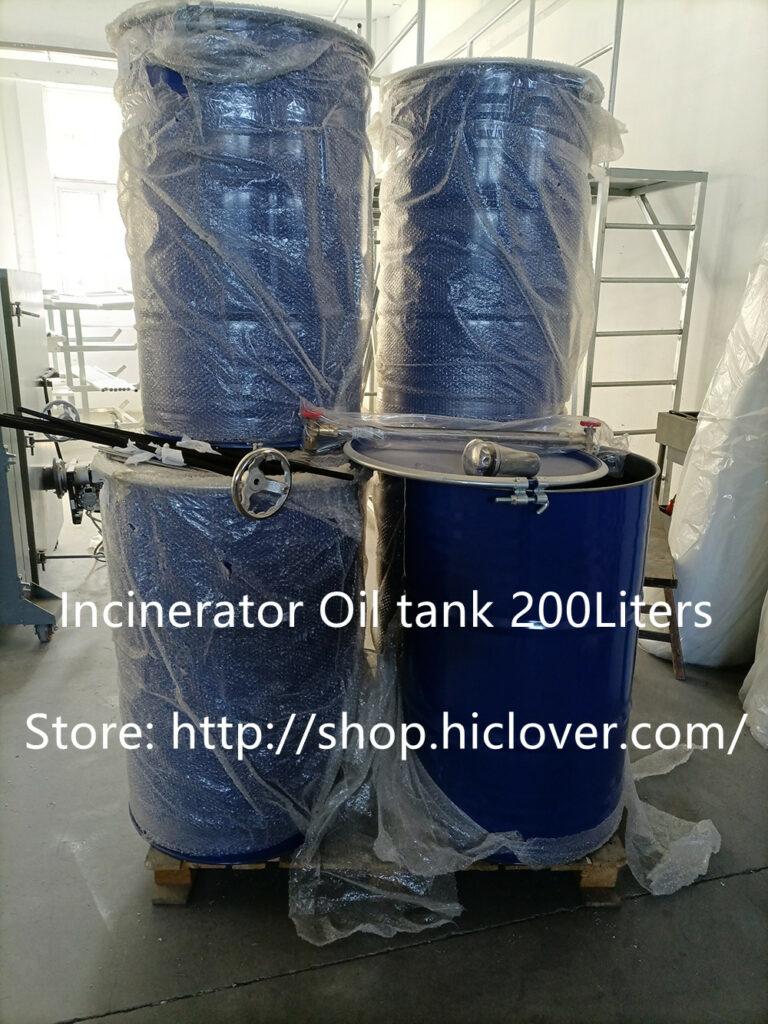Incinerators have long been used as a method for waste management, reducing the volume of waste and minimizing the impact on the environment. There are various types of incinerator designs, each with its own unique way of managing and treating waste. From grate to fluidized bed, the diversity of incinerator designs offers a range of options for efficient waste disposal.
One common type of incinerator design is the grate system. In this design, waste is loaded onto a grate and burned from below. As the waste burns, it turns into ash and other byproducts, which then fall through the grate and are collected for disposal. Grate incinerators are known for their stability and efficiency in burning solid waste. They can handle a variety of waste types, including municipal solid waste, industrial waste, and biomass.
Another incinerator design that has gained popularity in recent years is the fluidized bed system. This design uses a bed of sand or other inert material that is heated to a high temperature. When waste is introduced into the bed, it is suspended and mixed with the sand, creating a fluid-like environment. This allows for efficient combustion of waste and reduces emissions of pollutants. Fluidized bed incinerators are particularly effective at handling organic and high-moisture content waste, as well as hazardous waste.
In addition to these two main types of incinerator designs, there are also variations and combinations of both grate and fluidized bed systems. For example, some incinerators use a hybrid design that combines the stability of a grate system with the efficiency of a fluidized bed. There are also rotary kiln incinerators, which use a rotating drum to efficiently burn waste at high temperatures.
The diversity of incinerator designs allows for flexibility in waste management, as different types of waste require different treatment methods. For example, a facility that mainly handles municipal solid waste may benefit from a grate incinerator due to its ability to efficiently burn solid waste. Meanwhile, a facility that handles a high percentage of organic or hazardous waste may find a fluidized bed incinerator to be more effective in managing their waste stream.
It is essential to consider the specific needs and conditions of a waste management facility when choosing an incinerator design. Factors such as waste composition, volume, and moisture content should be taken into account to determine the most suitable design for efficient waste treatment.
In conclusion, the diversity of incinerator designs offers a range of options for effective waste disposal. From grate to fluidized bed and various combinations in between, incinerators provide a versatile solution for managing different types of waste. By exploring the various designs available, waste management facilities can find the most suitable option for their specific needs, contributing to sustainable waste management practices and environmental protection.



